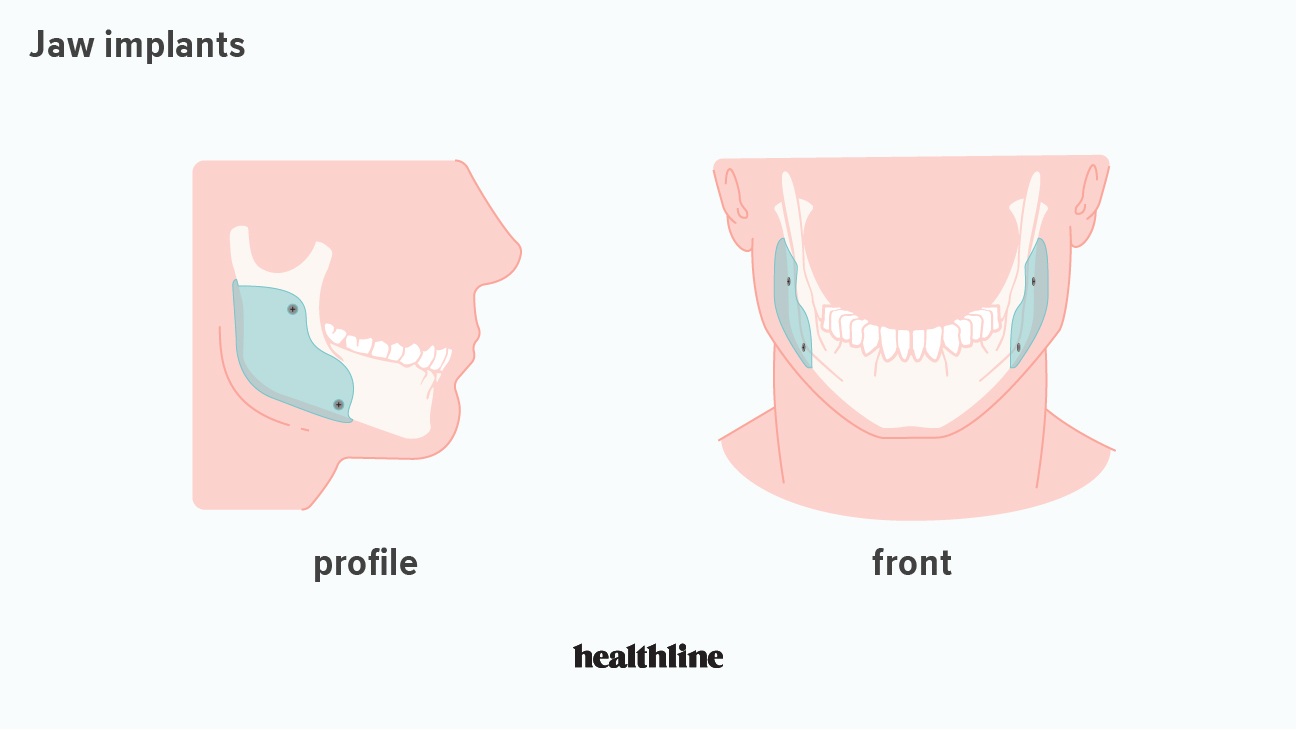
You may consider a fat removal operation to remove excess fat. Here are some things to consider before you undergo your surgery. This article will cover the preparation, side effects, and what to expect. If you want to trim your waistline, then a fat surgery may be right for you. While these procedures are effective, they can also cause discomfort. A doctor can help determine if a weight loss operation is right.
Procedures
Unwanted adipose tissue can be removed using a variety of cosmetic surgeries. The procedures range from invasive techniques like liposuction to less invasive procedures such as laser therapy, radiofrequency, ultrasound, or cold. Some of these procedures may combine several methods, such liposuction and injections. Learn about fat removal procedures and how they can improve your appearance. Here are the main types of fat reduction procedures.

Side effects
Liposuction can be a popular procedure for body contouring. However, it is not without risks. While the procedure removes pockets of fat from a specific location, there are multiple side effects. Some side effects are minor and will disappear over time. Other side effects may be more severe and take longer to heal. The benefits of this procedure outweigh the potential side effects.
Anesthesia
To remove a layer of fat tissue, infiltrate the area with a solution containing tumescent fluid. The anesthetic reduces blood loss and shrinks blood vessels. This helps to reduce swelling and bruising as well as the discomfort that follows the procedure. General or local anesthesia can be used for liposuction. A local anesthetic is used during the procedure and remains in place for 24 hours.
Preparation
Before undergoing a fat operation, you should know about the pre-op preparations required. This procedure is a relatively simple procedure that involves the use of a solution that contains a local anesthetic and a drug called epinephrine. These solutions reduce swelling and fill the fatty layers beneath the skin. In addition, these solutions can reduce the pain of the procedure by reducing the likelihood of scarring.

Recovery
It depends on how much fat is being transferred and what area is being treated. The entire procedure can take from one to four hour. This time includes preparation time as well as the actual recovery. Most patients can return to normal activities within 48-hours. Depending on the surgeon, patients may experience some swelling after the procedure, but it will subside within a few days. Patients can return to work and other activities as usual.